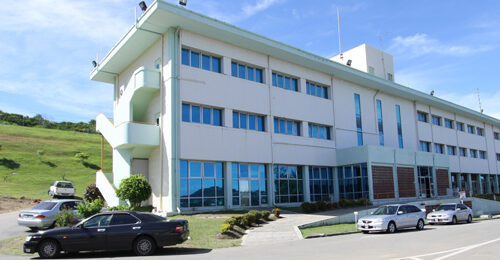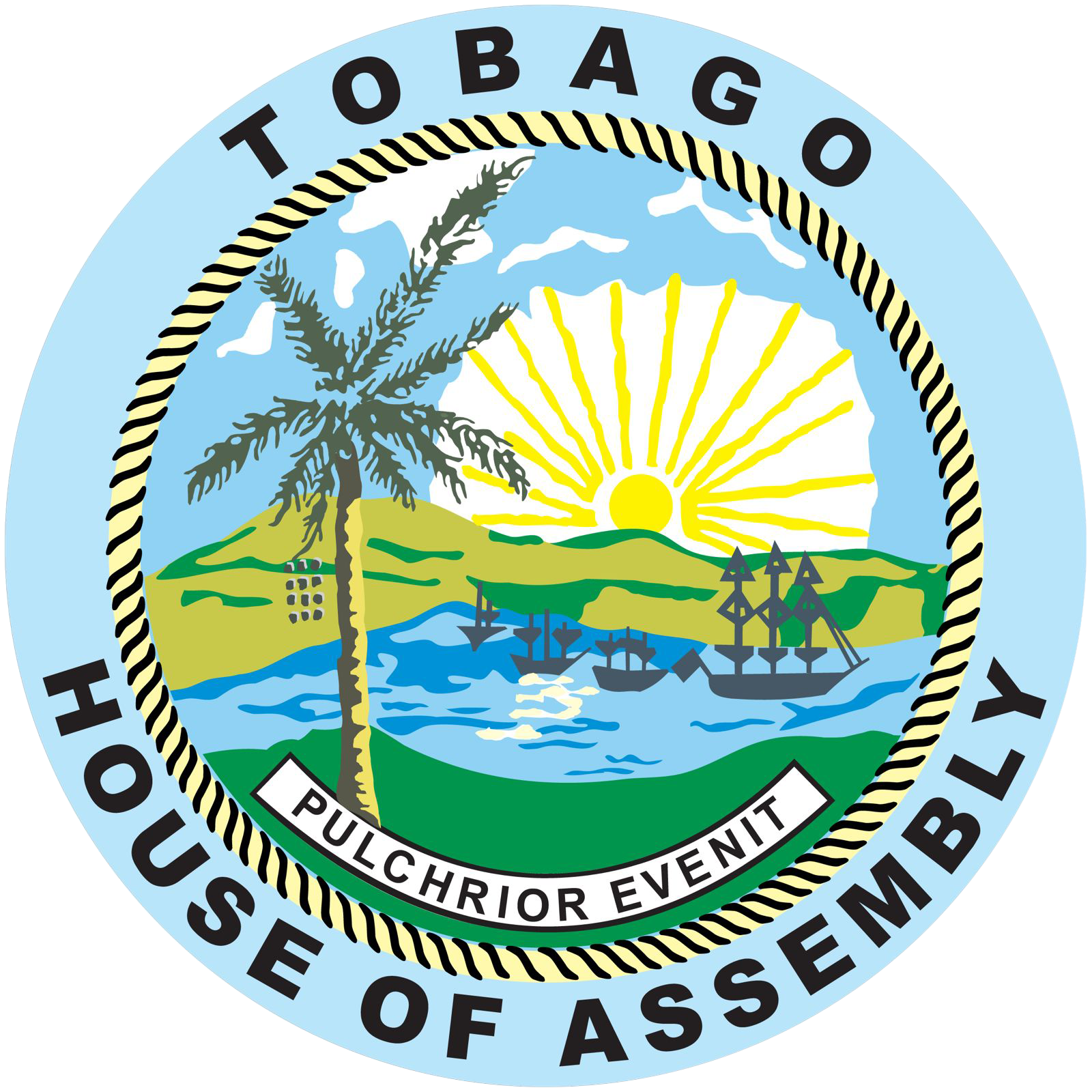DEVELOPMENT AGENDA PRIORITY T: Sustainable regional & community tourism economies
About the
PriorityPerformance
benchmarksMajor
ConcernsSelected
Focus
AreasTargets &
IndicatorsPolicies, Plans
& ProgrammesProjects
PriorityPerformance
benchmarksMajor
ConcernsSelected
Focus
AreasTargets &
IndicatorsPolicies, Plans
& ProgrammesProjects
About priority T
- Sustainable tourism is defined by the UN Environment Program and UN World Tourism Organization as “tourism that takes full account of its current and future economic, social and environmental impacts, addressing the needs of visitors, the industry, the environment and host communities” (Global Sustainable Tourism Council).
- Sustainable tourism encompasses “the environmental, economic, and socio-cultural aspects of tourism development, and the balance between the three dimensions to guarantee tourism’s long-term sustainability” (UNEP & UNWTO, 2005: 11-12). Making Tourism More Sustainable – A Guide for Policy Makers.
- Sustainable community tourism focuses on enhancing tourism economies within regional and village communities to ensure the future prosperity of Tobagonians. These economies are defined by their geographic boundaries, the level of services and experiences provided, as well as their natural and built heritage, cultural antecedents, and lived experiences.
- Enhancing and sustaining community tourism will ensure that villages and regional communities in Tobago can develop economies that reflect their demographic, cultural, environmental, and economic realities.
- By focusing on these realities, Tobago will cultivate community tourism economies that balance economic growth, environmental conservation, and cultural preservation while providing unique and high-quality tourism experiences for local and international visitors.
- This sustainable approach will appeal to eco and culturally conscious travellers while ensuring long-term, sustainable economic benefits for the island population.
Primary performance benchmark: Priority T
-
Benchmark: Increase in the contribution of sustainable regional and community tourism to at least 6% of GDP by 2035 and at least 8% by 2045.
-
Indicator of progress/success: Percent contribution of sustainable community tourism to GDP year-over-year.
-
Benchmark country: Caribbean.
Major concerns: Priority T.
| Concerns | Problem Statements |
| Sustainable tourism to GDP | a. The low contribution of sustainable community tourism to Tobago’s GDP. |
| Low revenue per average room, RevPAR. | b. The need to increase revenue per average room, RevPAR, from short-stay and long-stay community tourism. |
| Sustainable tourism standards | c. The standardization of Tobago’s sustainable community tourism product. |
1.0 Selected Focus Areas Priority T?
The Division of Tourism, Culture, Antiquities and Transportation will establish a Department of Sustainable and Community Tourism (DSCT) to develop Tobago’s sustainable community tourism economy, focusing on the following areas:
- Length of Visitor Stays:
- Long Stays: Promote long-stay tourism by targeting the Tobago diaspora, aiming to connect with their heritage and other potential long-stay visitors, including digital nomads.
- Short Stays: Promote short-stay tourism to align with major cultural events, such as carnivals, jazz/rhythm and soul festivals, and blue food festivals.
- Revenue per Available Room (RevPAR): Leverage existing and new events to increase the length of stay and revenue per available room for hoteliers and other tourism property owners.
- Community Involvement and Empowerment:
- Local Engagement: Engage local communities in tourism planning and development, ensuring they benefit from tourism activities by utilizing community-based tourism initiatives where locals offer visitors unique cultural experiences and services.
- Education and Training: Provide educational and training programs for community residents to equip them with the essential skills needed to engage in the tourism economy, including training in hospitality, guiding, and sustainable tourism practices.
- Sustainable Tourism Certifications:
- Blue Flag and Green Key Certifications: Pursue international certifications, such as Blue Flag and Green Key, to elevate the standards and quality of sustainable tourism products. This will boost Tobago's international appeal while ensuring that tourism activities adhere to high environmental and sustainability standards.
- Diversification of Tourism Products:
- Cultural and Heritage Tourism: Promote Tobago's rich cultural heritage and historical sites to entice tourists seeking cultural experiences. This includes creating heritage trails, hosting cultural festivals, and providing historical tours.
- Adventure and Nature Tourism: Utilize Tobago's natural beauty and biodiversity to provide adventure and nature-based tourism activities, such as hiking, diving, and wildlife watching. This diversifies the tourism offerings and attracts a wider range of visitors.
- Community Cruise Tourism: Enhance community tourism offerings and promote excursions to village communities, including cultural tours that incorporate music, street theatre, and local cuisine.
- Marketing and Branding:
- Targeted Marketing Campaigns: Develop targeted marketing campaigns to promote Tobago as a sustainable tourism destination that utilize digital platforms, social media, and international travel expos to reach potential eco-conscious travellers.
- Brand Positioning: Position Tobago as a top destination for sustainable and distinctive tourism experiences by developing a robust brand identity that showcases the island's natural beauty, cultural richness, and dedication to sustainability.
MAIN REFERENCE INFORMATION
- Sustainable Tourism Practices: Balancing Economic Growth with Environmental Conservation
- Cultural Tourism and Heritage Management
- Green Key International certification scheme for hotels and tourism facilities
- An Integrated Path Towards a Resilient Tourism Sector in North-East Tobago
- Tobago strengthens its position as a leader in sustainable tourism with the 2024 Blue Flag National Operators Meeting
- Tobago strengthens its position as a leader in sustainable tourism with the Blue Flag NOM
- Tobago unveils plans to “go green” at WTM 2019
- Tobago's tourism needs more incentive to realize full potential
- Tobago leverages UNESCO designation to boost tourism development
- Alicia Edwards, Executive Chairman, Tobago Tourism Agency Limited
- Collaborative Tourism Entrepreneurship as a Community Resilience Strategy: A Case Study of Castara, Tobago
OTHER INFORMATION
- Trinidad and Tobago National Tourism Policy 2021-2030
- GoRTT: Draft Ecotourism Sub-Policy
- Community-Based Tourism Sub-Policy of Trinidad and Tobago
- Integrating Biodiversity Conservation Into The Tourism Sector In Trinidad And Tobago – A Case Of Effective Local Community Participation
- Exploring the Economic Sustainability of the Small Tourism Enterprise: A Case Study of Tobago
- Sustainable Tourism Destination Best Practices
Targets and Indicators of Progress/Success
Target-T-1
Achieve at least 25% Green Key Certification and designation across all Sustainable Tourism Communities by 2030 and at least 50% by 2035.
Indicator-T-1
Number of Sustainable Tourism Communities receiving green key certification year-over-year.
Target-T-2
Establish the Tobago Tourism Authority, TTA and subsume TTAL within the TTA by 2026.
Indicator-T-2
The Tobago Tourism Authority is operational by 2026.
Target-T-3
Increase the number of long-stay visitors in Sustainable Village Community Tourism by at least 25 % by 2030 and at least 50 % by 2035.
Indicator-T-3
Number of long-stay visitors related to Sustainable Village Community Tourism year-over-year.
Target-T-4
Increase the number of short-stay visitors in Sustainable Village Communities Tourism by at least 30% by 2030 and at least 60% by 2035.
Indicator-T-4
Number of short-stay visitors related to Sustainable Village Community Tourism year-over-year.
Target-T-5
Increase Revenue per Average Room, RevPAR, in Sustainable Regional and Village Community Tourism by at least 25% by 2035 and at least 50% by 2045.
Indicator-T-5
RevPAR related to Sustainable Regional and Village Community Tourism year-over-year.
Target-T-6
Establish Tours Tobago as an online platform to presell tourism products and experiences by 2026.
Indicator-T-6
The Tours Tobago platform is operationalized by September 2026.
Target-T-7
Attract private sector investment to establish approximately 500 five-star rooms by 2035 and approximately 1000 five-star rooms by 2045.
Indicator-T-7
Number of new five-star hotel rooms established year-over-year.
Target-T-8
Attract private sector investment to establish approximately 1000 four-star rooms by 2035 and approximately 1500 four-star rooms by 2045.
Indicator-T-8
Number of new four-star hotel rooms established year-over-year.
Target-T-9
Attract private sector investment to establish approximately 1000 three-star rooms by 2035 and approximately 1500 three-star rooms by 2045.
Indicator-T-9
Number of new three-star hotel rooms established year-over-year.
Target-T-10
Increase international long-stray tourist arrivals to at least 30,000 annually by 2030, at least 40,000 annually by 2035, and at least 50,000 annually by 2045.
Indicator-T-10
Number of international long-stay tourist arrivals year-over-year.
Target-T-11
Increase international short-stray tourist arrivals to at least 40,000 annually by 2030, at least 50,000 annually by 2035, and at least 80,000 annually by 2045.
Indicator-T-11
Number of international short-stay tourist arrivals year-over-year.
Target-T-12
Increase local long-stray tourist arrivals to at least 50,000 annually by 2030, at least 75,000 annually by 2035, and at least 150,000 annually by 2045.
Indicator-T-12
Number of local long-stay tourist arrivals year-over-year.
Target-T-13
Increase local short-stray tourist arrivals to at least 70,000 annually by 2030, at least 100,000 annually by 2035, and at least 150,000 annually by 2045.
Indicator-T-13
Number of local short-stay tourist arrivals year-over-year.
Target-T-14
Invest an appropriate % equivalent of GDP in sustainable regional and village community tourism economies by 2035 and an appropriate % equivalent of GDP by 2045.
Indicator-T-14
Percentage of GDP equivalent invested in sustainable regional and village community tourism economies year-over-year.











